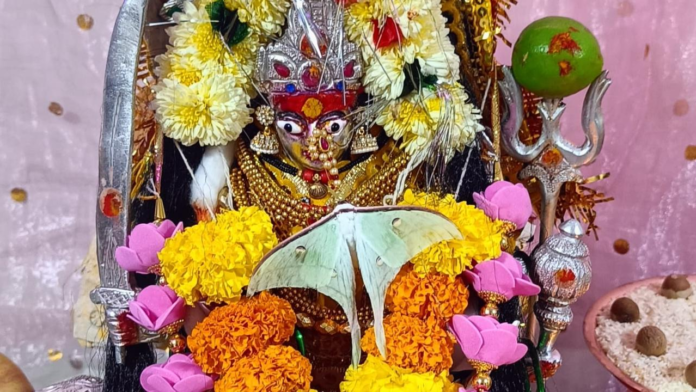The Bhangare family from Maharashtra`s Thane district was in for a surprise on Thursday night when they found an unusually large butterfly-like creature hovering in their puja room.
A RAWW team member, after reaching the spot, identified it as Actias selene, popularly known as the Indian Moon Moth or Indian Luna Moth.
Pawan Sharma – Honorary Wildlife Warden of Thane and President of the NGO RAWW – said, “The Indian Moon Moths are nocturnal and often drawn to artificial lights, which they mistake for celestial cues. That`s likely how it ended up indoors. In this case too, it was spotted after 9 pm on Thursday. Usually, October aligns with their adult emergence period, and the post-monsoon months are prime time for them to mate and complete their brief, final life stage.”
An interesting fact about these moths is that they do not eat.
According to naturalists, they do not technically have a mouth, and their primary mission after emerging from the cocoon is to find a mate before their short life of one week comes to an end.
“Their long tail streamers might look elegant, but they serve a vital purpose. Scientists believe they help confuse bats, their natural predators, by interfering with their echolocation,” added Sharma.


